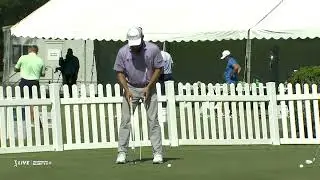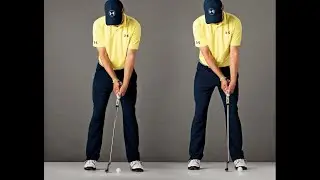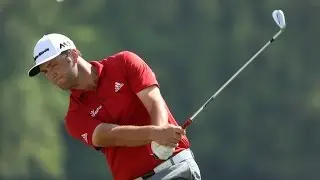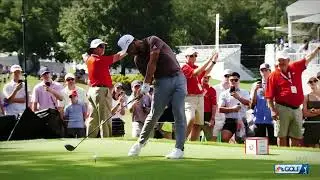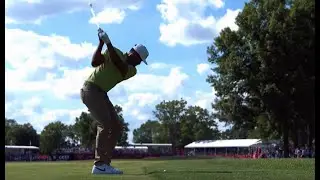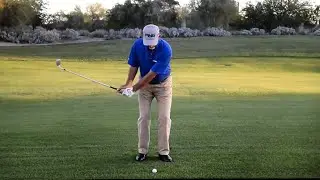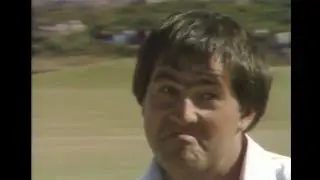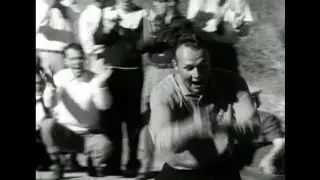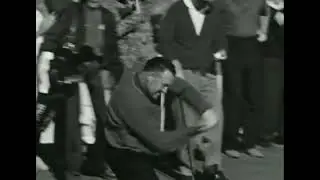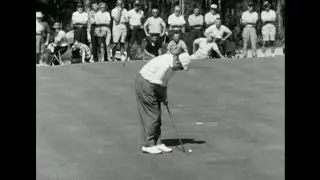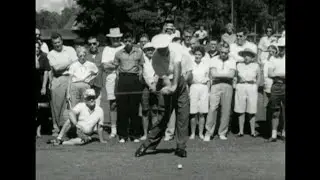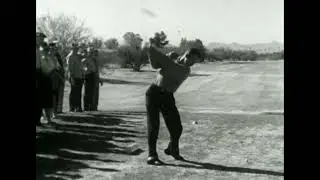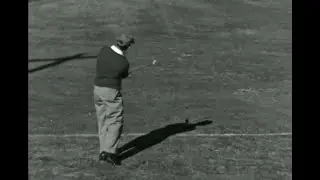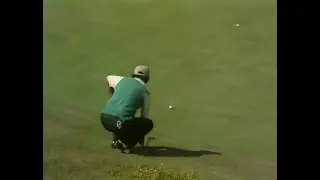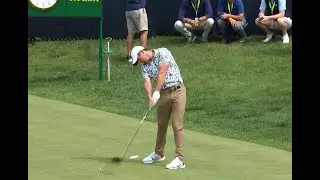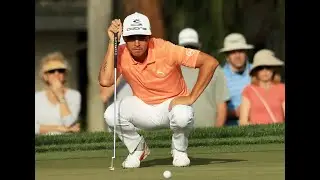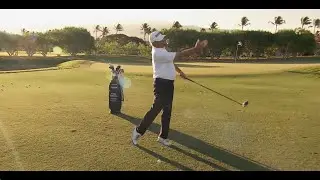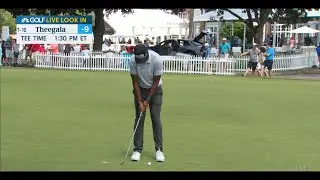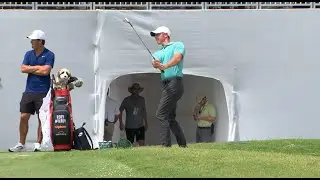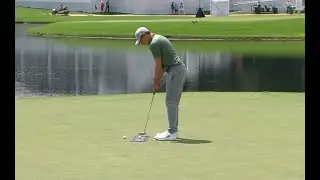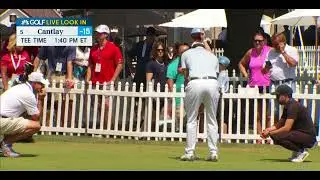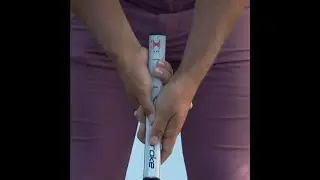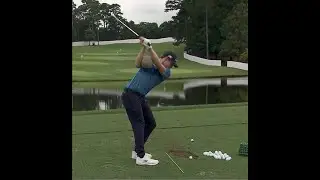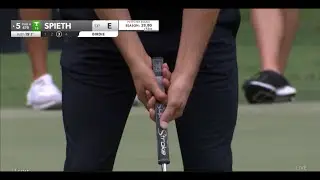Tiger Woods -- 181 Yard 8-Iron -- Ultra Slow Motion (2013) / *Details/Insights Below ⬇️⬇️
Woods has had to adjust his swing to cope with a multitude of injuries and, most recently, surgery that fused vertebrae in his lower back. If he can stick with the changes seen here, his driving will be much more reliable..
The biggest thing to note is his transition from backswing to downswing. It's much quieter than it used to be. He has eliminated the violent move into the ball. There's not a big sinking of the knees and then a stand-up look coming into impact. He's maintaining his height much better, and that gives him room to powerfully release the club. Woods' swing looks a lot more in sync with great rhythm.
The key move, the one amateurs should strive to copy is letting speed build as it approaches the ball and swinging the club fastest through impact. By quieting excessive lower-body motion, Woods has more stability in his swing, giving him greater balance. Woods appears to start down slower than in the past but then really whips the club through the hitting area. If you look at this view of his driver swing above, take note how loaded he is as he completes the backswing. He then makes a simple move back to his left side and the arms drop, so he can deliver the full force of his arms and hands into the ball without getting stuck.
Stuck is the feeling Tiger complained of frequently when he would get his arms trapped behind his body. Here, Tiger has plenty of room for his arms to accelerate into the ball. See how his right arm is really giving the ball a whack and is crossing over the left in the follow-through. His arms and club are fully extended, and he finishes in a relaxed position. There's no stress on the body."
In the past, Woods' finish often had a "manufactured" or off-balance look as a result of trying to square the club with an out-of-sync swing.
Another facet of Woods' swing to copy is the way he takes the club back.. Woods keeps the club in front of his torso, and the clubhead stays outside the path of his hands and close to the target line. It's a great one-piece motion—the chest, arms and club are all moving back together with plenty of width.
His backswing has looked similar to this over the years, but I see a subtle and vital difference now," Leadbetter adds. "It appears to be more synchronized. The turning of his body and his arm swing finish almost in unison at the top. His body used to complete the turn, and then his arms would run on independently trying to catch up on the downswing.
This move encourages the body to coil, not just turn, with the shoulders rotating on a slightly tilted axis. If you make a flat turn, the tendency is to drag the club inside the target line and then re-route it on a steep, out-to-in path into the ball. Slices and pulls are the typical result.
His backswing has looked similar to this over the years, but I see a subtle and vital difference now. It appears to be more synchronized. The turning of his body and his arm swing finish almost in unison at the top. His body used to complete the turn, and then his arms would run on independently trying to catch up on the downswing.
Whether or not it's a side effect of his back issues, his calmer, better synchronized backswing has a more efficient look. And the fact that Woods can swing in excess of 120 mph, but his clubshaft isn't parallel to the ground at the top, proves that you don't need a long, unwieldy backswing to generate real power. Tiger would always go back to the concept of good rhythm as the hallmark of great iron play. Don't be in such a rush to get the club back down to the ball!




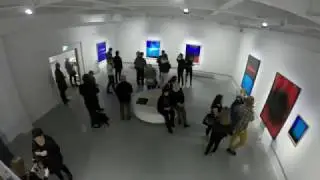

![[Noticias Sobre] WOI2 Y Forgotten Memories Update Remasterización](https://images.mixrolikus.cc/video/ZjtCDxkVTd0)
![[FREE] REEZY X BOBBY VANDAMME X MUSSO Type Beat](https://images.mixrolikus.cc/video/bTb0o-vpLOA)
